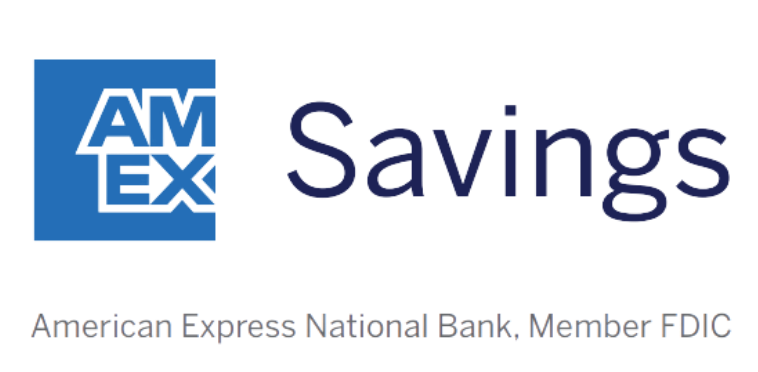Last year, emergency savings startup SecureSave reported that 63% of Americans did not have the funds needed to cover an unplanned $500 expense. So if you’re sitting on a $10,000 balance in your savings account, you’re clearly in a much better position than people in that category.
But is $10,000 enough money to keep in your savings account? Or should you be aiming higher? The answer depends on you, and you alone.
The problem with putting too much money in your savings account
Believe it or not, you don’t want to go overboard on funding your savings account. And the reason is that you’re likely to earn a much higher return on your money in a brokerage account than a savings account.
Over the past 50 years, the S&P 500’s average annual return has been 10%. Compare that to the 4% savings accounts are paying now (which is higher than the norm), and the difference is obvious.
Our Picks for the Best High-Yield Savings Accounts of 2024
|
American Express® High Yield Savings  APY 4.00% Rate info Min. to earn $0 Member FDIC. |
APY 4.00% Rate info |
Min. to earn $0 |
|
Capital One 360 Performance Savings  APY 3.90% Rate info Min. to earn $0 Member FDIC. |
APY 3.90% Rate info |
Min. to earn $0 |
|
Western Alliance Bank High-Yield Savings Premier  APY 4.46% Rate info Min. to earn $500 to open, $0.01 for max APY Member FDIC. |
APY 4.46% Rate info |
Min. to earn $500 to open, $0.01 for max APY |
But while there’s a danger to keeping too much money in a savings account, it’s also quite problematic to not have enough money in a savings account. If you don’t have a fully loaded emergency fund, you may be forced to rack up expensive credit card debt when unexpected bills arise. So it’s important to strike a balance.
Figure out your emergency fund needs
If you’re not sure whether $10,000 is enough money for your savings account, you’ll need to see what your essential monthly bills total. These include rent, car payments, utilities, and food. Then, multiply that number by three to six, which is what experts recommend for emergency fund purposes.
If your essential bills come to $2,000 per month, your emergency fund should have a minimum of $6,000. And if you have $10,000 in your savings account, you’re in great shape. That means you can cover five months of expenses, which buys you fantastic protection in the event of a layoff.
But if your essential monthly expenses come to $5,000, then a $10,000 savings account balance unfortunately doesn’t quite cut it. While that’s some protection, it’s not enough to cover three full months of essential bills. That leaves you vulnerable to credit card debt in the event of losing your job. So in that case, you’d want to work on boosting your savings balance by $5,000 at least.
Make sure you’re getting a great deal on your savings
Ideally, your savings account should be able to get you through three months of bills at a minimum, regardless of what that amounts to. But you also don’t want to sell yourself short on interest while you’re parking your cash.
If you’re not thrilled with your savings account’s interest rate, shop around for a new one. You can start with this list of our favorite savings accounts with APYs of 4.00% and higher today.
You should especially consider switching savings accounts if you’re keeping your money in an account at a brick-and-mortar bank. Online banks have less overhead, so they’re commonly able to offer more competitive rates on savings accounts because of that.
And remember, once you’re past the point of a three-month emergency fund, you shouldn’t feel compelled to keep your extra cash in savings. In that situation, you may decide to invest your extra money for a more generous return.
But aim for at least three months of bills in your savings so you’re not left in the lurch when a period of unemployment strikes, or an unexpected expense comes your way.

